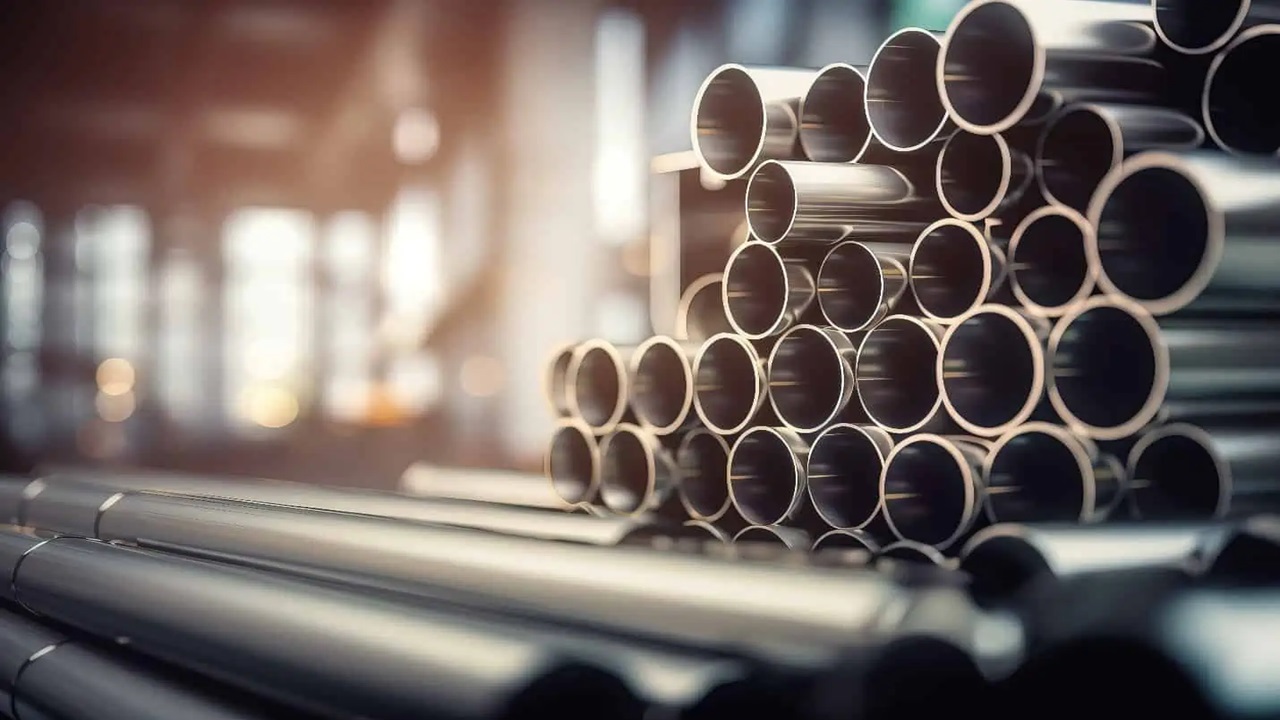Steel, with its unmatched strength, versatility, and durability, has become an indispensable player in the world of modern architecture. From towering skyscrapers to innovative bridges, steel has reshaped the landscape of urban design. In this article, we will explore the ever-growing role of steel in contemporary architecture, examining how this robust alloy contributes to the creation of iconic structures that define our cities. As architects continue to push the boundaries of creativity, collaboration with a reliable steel pipe supplier ensures that the foundations of these visionary structures remain strong and resilient.
Structural Brilliance
One of the defining features of modern architecture is the extensive use of steel in structural frameworks. The ability of steel to bear heavy loads while maintaining flexibility allows architects to design buildings with open floor plans and expansive, unobstructed spaces. The soaring skyscrapers that dominate city skylines, such as the Burj Khalifa and the Shanghai Tower, stand as testaments to the structural brilliance of steel.
Steel’s high strength-to-weight ratio means that architects can achieve greater heights without compromising on safety or aesthetics. This has led to a shift in architectural design, with steel enabling the creation of lighter and more efficient structures that push the boundaries of what is possible.
Innovative Designs and Form
Steel’s malleability and adaptability make it an ideal material for realizing innovative architectural designs. From sweeping curves to intricate geometric patterns, steel allows architects to bring their creative visions to life. Iconic landmarks like the Walt Disney Concert Hall in Los Angeles and the Gateway Arch in St. Louis showcase the sculptural possibilities that steel affords.
The use of steel in modern architecture extends beyond exterior aesthetics. Interior spaces benefit from steel’s versatility, enabling the creation of grand atriums, suspended staircases, and visually stunning bridges within buildings. The result is an immersive architectural experience that seamlessly combines form and function.
Sustainability and Efficiency
In an era where sustainability is a top priority, steel has proven to be an environmentally friendly choice for architects. Steel is highly recyclable, and the use of recycled steel in construction significantly reduces the demand for raw materials. This not only conserves natural resources but also minimizes the environmental impact of construction projects.
Furthermore, steel’s durability ensures the longevity of structures, reducing the need for frequent maintenance and repairs. The long life cycle of steel buildings contributes to overall energy efficiency and sustainability, aligning with the growing emphasis on green construction practices.
Role of the Steel Pipe Supplier
Behind every architect’s vision of a steel-centric masterpiece stands a crucial collaborator – the steel pipe supplier. These suppliers play a pivotal role in ensuring the availability of high-quality steel components needed for construction projects. Whether it’s the seamless steel pipes that form the skeleton of a skyscraper or the precision-engineered tubes that create intricate interior structures, a reliable steel pipe supplier is essential for bringing architectural visions to fruition.
Conclusion
In conclusion, the ever-growing role of steel in modern architecture is evident in the bold and innovative structures that grace our cities. From providing structural integrity to enabling groundbreaking designs, steel has become the backbone of contemporary architectural achievements. The sustainable and efficient properties of steel further solidify its place in the future of construction.

